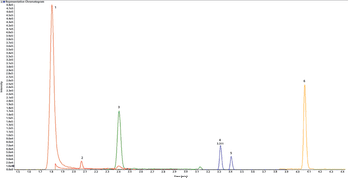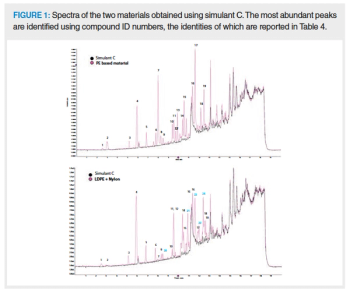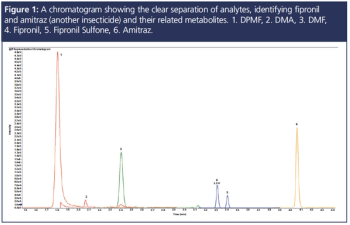Articles by Jianru Stahl-Zeng

In the human food supply, public confidence is affected by contaminants and misreporting of nutritional information. This article
highlights three events that required development of new mass spectrometry methods, including the detection of pesticides (such as fipronil and glyphosate), and the detection and quantification of fat-soluble vitamins.

This study assesses whether two commonly used plastic packaging materials are safe for use using liquid chromatography (LC) with high-resolution acccurate mass spectrometry (HRAMS) and data‑independent acquisition (DIA).

A new high-throughput LC–MS/MS method meets the challenge of eliminating matrix effects for monitoring, with high specificity,
polar organic pesticides such as glyphosate in food and water, while meeting targeted limits of detection.

This study assesses whether two commonly used plastic packaging materials are safe for use. Their potential migrants are analyzed using data-independent acquisition and liquid chromatography coupled with high-resolution, accurate-mass mass spectrometry.

This article highlights three events that require new method development to meet various detection needs, ranging from the detection of pesticides such as fipronil and glyphosate, to the detection and quantification of fat-soluble vitamins.










